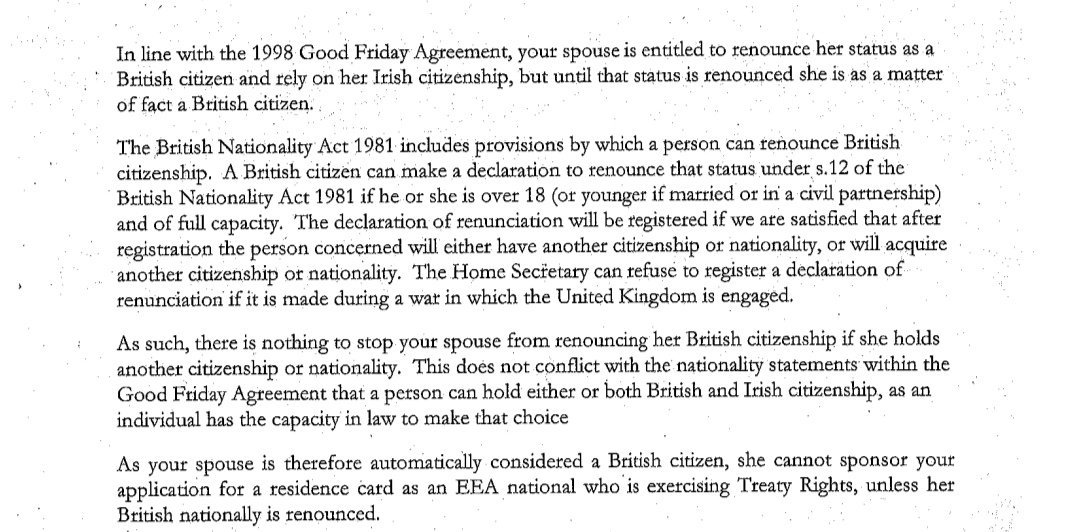What is a small set of real numbers? It turns out that there are several good answers to that question. 1/
A non-obvious example of a countable set is the set of all rational numbers, 2/
A shorter proof uses a complexity notion again. Let's define the complexity of a polynomial to be the maximum of (i) its degree and (ii) the sizes of any of its coefficients. 14/
We then argue that since each polynomial has only finitely many roots, the set of possible roots is countable (as it's a union of countably many finite sets, one for each polynomial).15/
I said that there are other useful notions of smallness, but since this thread is threatening to spiral out of control, I shall save those for 16/



